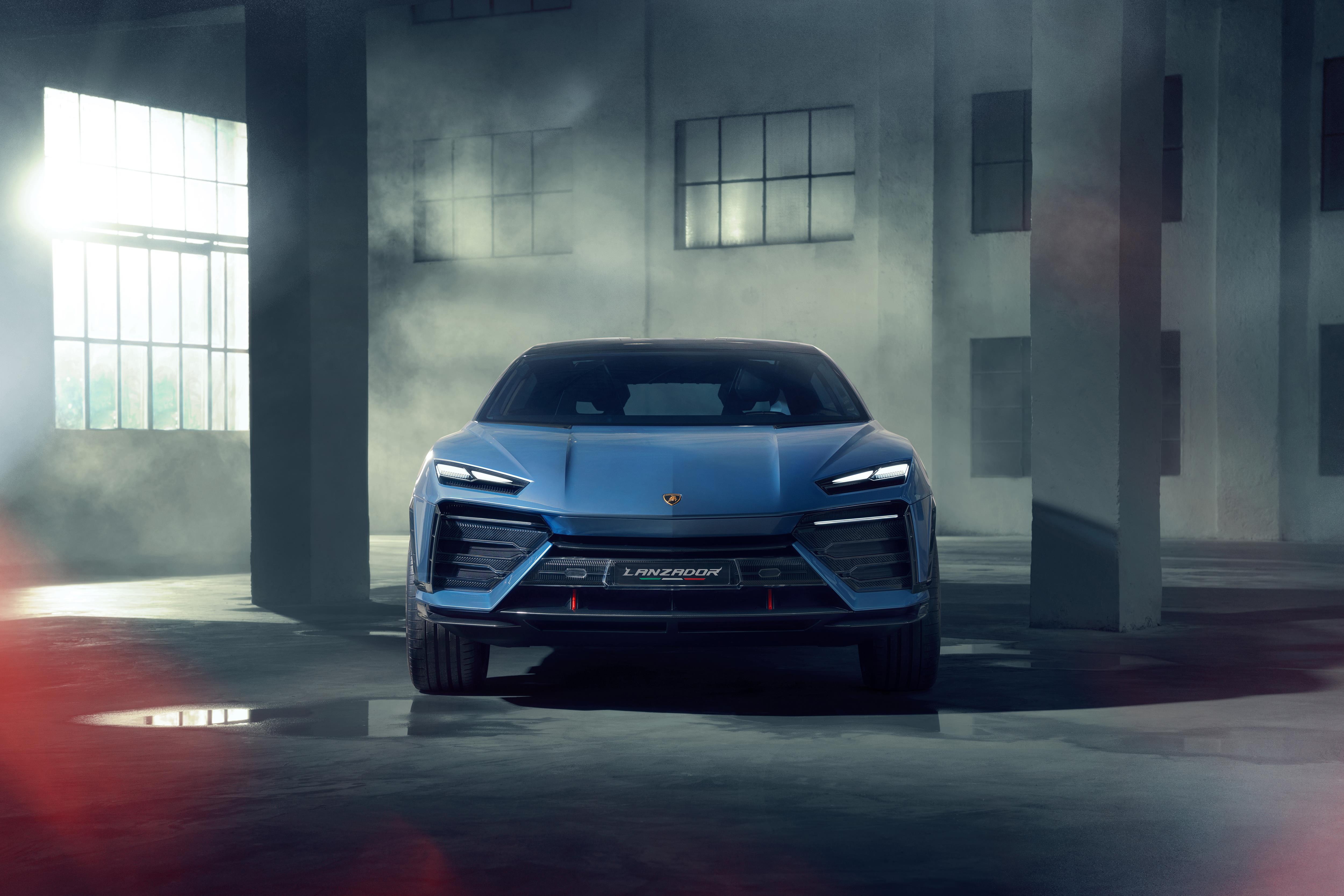
Like many other carmakers, Lamborghini is moving away from traditional gas-powered vehicles. In July, the last purely gas-powered car Lambo plans to make was sold, and the Italian giant is now focusing primarily on plugin hybrids. There is also an all-electric Lamborghini on the horizon, and the world has just gotten its first glimpse of the company’s “Lanzador concept.”
The “Lanzador” is a bit beefier than the carmaker’s standard fare — edging a lot closer to a Urus than a Hurracan. It also looks a little blocky, but isn’t as hexagonal as something like a Cybertruck. This makes sense if the Lanzador is to be the cross between supercar and practical daily driver that Lambo is billing it as. There isn’t much of a gray area between supercar and crossover, but the Lanzador may have found a spot to park there. It’s tall for a supercar, with its roof hovering around five feet above the ground. Despite its height, it also keeps a low profile for aerodynamic reasons. The clean lines and clear Lamborghini DNA also play into the electric car’s futuristic look. Key shapes that are apparently linked to the Italian
Lamborghini even has a name for this new niche, describing the specific car segment as “the Ultra GT.” It draws inspiration from a few sources, like the Countach LPI 800-4, the Huracán Sterrato, and more vaguely: “spaceships.” And the concept isn’t just limited to the vehicle’s exterior.

Lamborghini wants you to “feel like a pilot”
Making the person in the driver’s seat “feel like a pilot” seems to be central to Lamborghini’s plans with the Lanzador. The cockpit in question is designed to be roomier than the sportier models the company traditionally offers. Inside that space is a 2+2 seating configuration and plenty of room for luggage.
Controls on the sports steering wheel also allow the driver to adjust the mode the vehicle is operating in while on the move — effectively changing the driving dynamics at the same time. So you can theoretically drop the kids off at hockey practice in a safe and sensible manner before flicking it into sport mode for that fun, windy stretch of country road on the ride home.
The aerodynamics of the car, which are part of the reason for its shape, are also an important aspect of modern electric vehicles. The downforce improves performance in the corners, and making the car cut through the air a little easier will lessen the amount of energy it uses and increase the time you get between charges.
While concept cars are often outlandish displays of what you could have if the world were a nice place, you have every chance of seeing something close to the Lanzador out in the wild by the end of the decade. Lamborghini claims it is a “concrete preview” of what is to come when its production electric vehicle debuts in 2028.
Editors' Recommendations
- The Volkswagen GTI EV: What we know so far
- What we know about Toyota’s next-gen RAV4 so far
- The electric Jeep Wrangler: Everything we know so far
- Lamborghini’s first plug-in hybrid Super SUV: The Urus is more powerful than ever
- Tesla unleashes the Model 3 Performance: More than the sum of its parts



